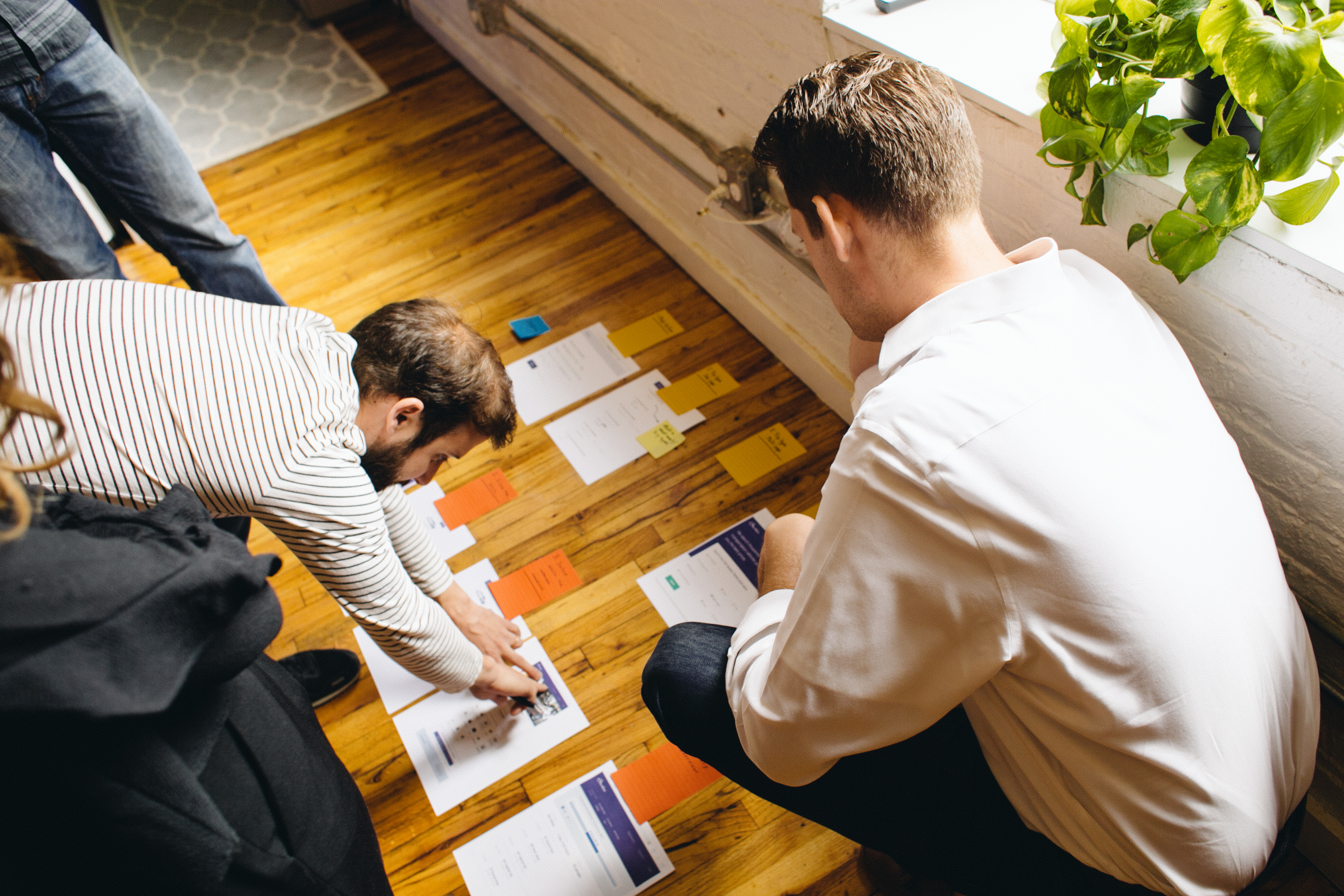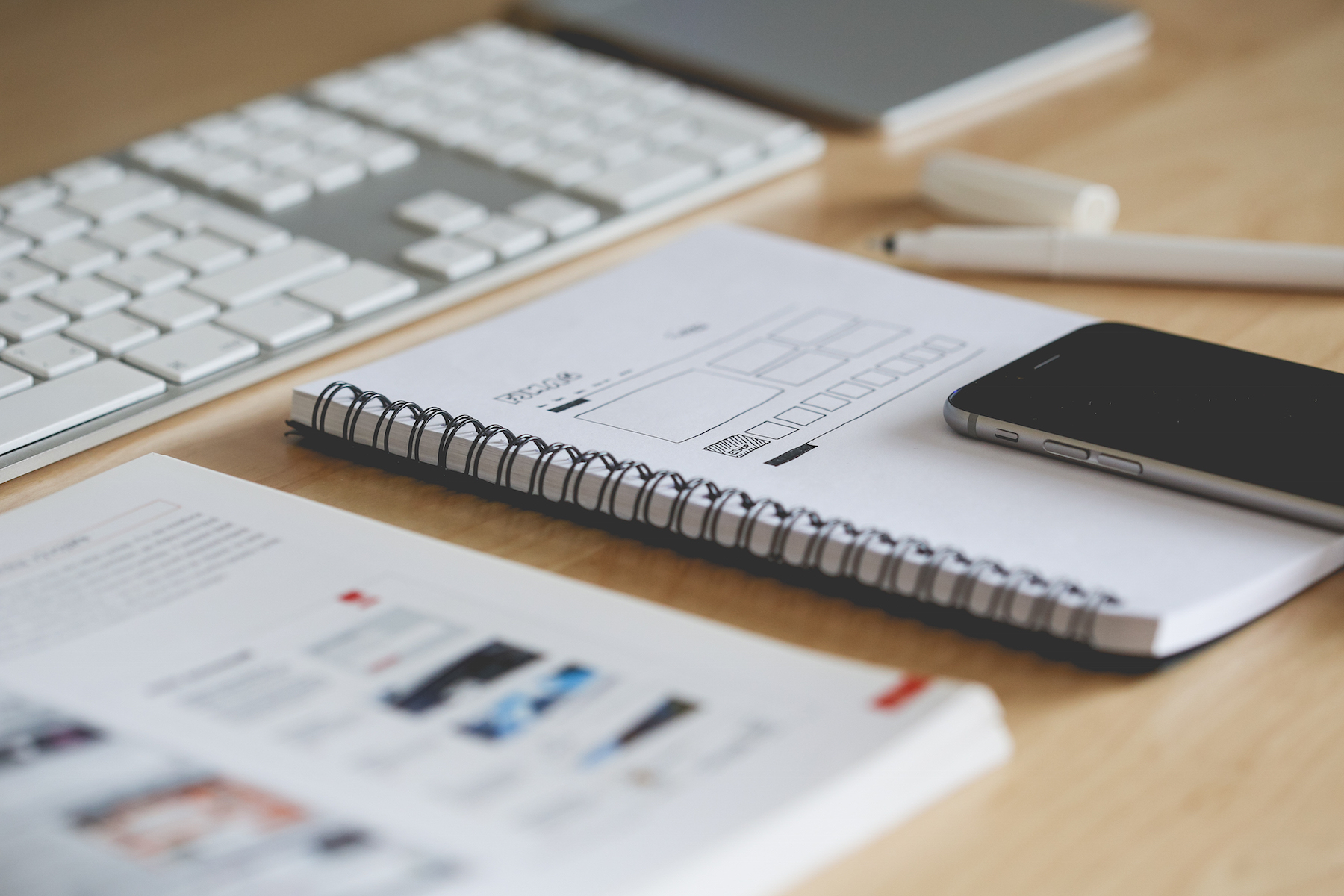Design plays a crucial role in the success of any company’s marketing and sales strategies. People spend a significant amount of time online, around six hours and 57 minutes per day, consuming online content. To capture their attention, companies must create visually appealing and user-friendly websites and products.
Due to this demand, there is a high need for UX, Visual, and Product designers. These creative tech careers have been consistently named as some of the most sought-after jobs in the tech industry by renowned companies like Forbes and Medium.
This article aims to explain the differences between UX, Visual, and Product Design to help you choose the right design career.
Continue reading

 “There’s a high demand for UX roles. Companies of all sizes value what UX research and design can bring to the table. With Austin growing as a technology hub, these UX generalist roles provide value for any business.”
“There’s a high demand for UX roles. Companies of all sizes value what UX research and design can bring to the table. With Austin growing as a technology hub, these UX generalist roles provide value for any business.”

 “Merely going digital doesn’t guarantee success. The world needs UX designers now more than ever to ensure that the needs and desires of the users are balanced with the goals and objectives of the organizations.”
“Merely going digital doesn’t guarantee success. The world needs UX designers now more than ever to ensure that the needs and desires of the users are balanced with the goals and objectives of the organizations.” “Having been both a GA student and teacher, I can attest to the inspiring network of creators, thinkers, and learners who come here. I’ve met some of my best friends, mentors, and collaborators. GA continually gives back.”
“Having been both a GA student and teacher, I can attest to the inspiring network of creators, thinkers, and learners who come here. I’ve met some of my best friends, mentors, and collaborators. GA continually gives back.”
 “Companies are moving away from simply providing products and services and are instead focusing on how people interact with those goods and services. UX designers are needed to help make experiences positive in any industry.”
“Companies are moving away from simply providing products and services and are instead focusing on how people interact with those goods and services. UX designers are needed to help make experiences positive in any industry.”
 Every day, more CEOs and business leaders are realizing the importance of a product’s design and user experience.
Every day, more CEOs and business leaders are realizing the importance of a product’s design and user experience.